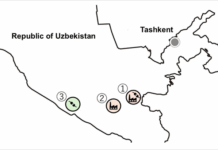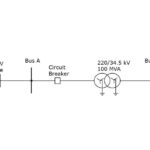
A research team from the Fraunhofer Institute for Solar Energy Systems ISE has evaluated over 70,000 power measurements on photovoltaic modules that have been carried out in the institute’s calibration laboratory, CalLab PV Modules, since 2012. In the process, the researchers found that since around 2017, the negative discrepancy between the performance data of the PV module manufacturers and the research institute’s measurement results has been increasing.
Until 2016, more power was measured in the laboratory on average than was promised by the manufacturer. Since then, a negative trend has emerged, particularly in the years 2020 to 2023, leading to an average power reduction of about 1.3%. The latest data from 2024 show a slight turnaround.
The CalLab PV Modules at the Fraunhofer ISE has been testing over 70,000 solar modules since 2012. For a comprehensive review of performance conformity, research scientists at the institute drew on this extensive data set and analyzed 1034 of the collected performance measurements taken from monocrystalline silicon PV modules under standardized conditions.
The analysis of the power measurements of PV modules showed that from 2012 to 2016, measurement deviations existed within the usual section; the difference was always less than 1% on average. In particular, positive deviations were also frequently measured. In 2016, the difference between the manufacturer’s power specifications and the measured power in the institute’s laboratory was 0.6% on average. According to Daniel Phillip, Head of the Department Module Characterization and Reliability at Fraunhofer ISE, “Since then, the data has shown a negative trend. For the year 2023, this culminated in a negative deviation between the manufacturer’s specification and our review of about 1.3%. A positive deviation was hardly ever observed.”



















